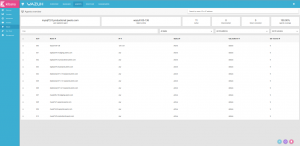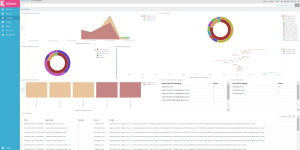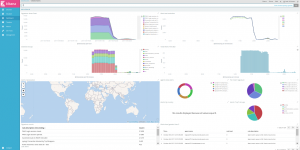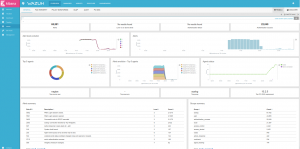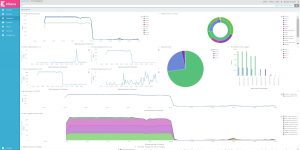Lying DNS
As I was looking at alternative web browsers, with privacy in mind, I ended up installing Iridium (in two words: Chrome fork), tempted to try it out. I first went to Youtube, and after my first video, was being subjected to one of these advertisement sneaking in between videos, that horrible “skip add” button after a few seconds, … I was shocked enough, to open Chromium back.
This is a perfect occasion to discuss about lying DNS servers, and how having your own cache can help you clean up your web browsing experience from at least part of these unsolicited intrusions.
We would mainly talk about a lying DNS server (or cache, actually) alongside Internet censorship, whenever an operator either refuses to serve DNS records or diverts them somewhere else.
Yet some of the networks I manage may relay on DNS resolvers that would purposefully prevent some records from being resolved.
You may query google for lists of domain names likely to host irrelevant contents. These are traditionally formatted as an hosts file, and may be used as is on your computer, assuming you won’t need serving these records to other stations in your LAN.
Otherwise, servers such as Dnsmasq, Unbound or even Bind (using RPZ, although I would recommend sticking to Unbound) may be configured overwriting records for a given list of domains.
Currently, I trust a couple sites to provide me with a relatively exhaustive list of unwanted domain names, using a script to periodically re-download these, while merging them with my own blacklist (see my puppet modules set for further details on how I configure Unbound). I wouldn’t recommend this to anyone: using dynamic lists is risky to begin with … Then again, I wouldn’t recommend a beginner to setup his own DNS server: editing your own hosts file could be a start, though.
Instead of yet another conf dump, I’ld rather point to a couple posts I used when setting it up: the first one from Calomel (awesome source of sample configurations running on BSD, check it out, warmest recommendations …) and an other one from a blog I didn’t remember about – although I’ve probably found it at some point in the past, considering we pull domain names from the same sources…


